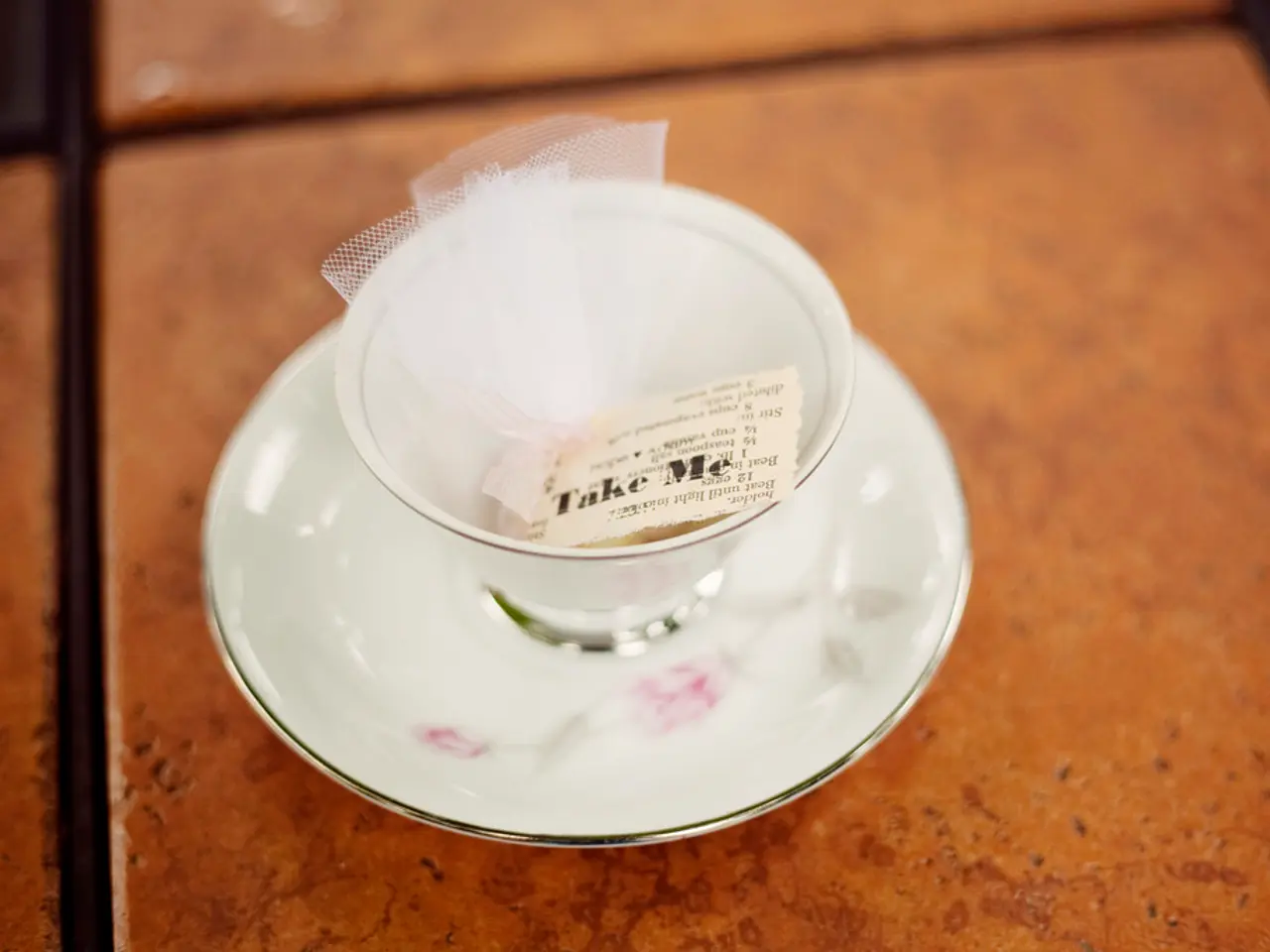3D-printed Printed Circuit Boards (PCBs) fabricated by PVA and liquid metal are entirely recyclable, as they dissolve and partition when submerged in water, enabling subsequent reuse.
The world of electronics is taking a significant step towards sustainability with the introduction of the DissolvPCB 3D printing method. This groundbreaking technique, developed by a team of researchers from the University of Maryland, Georgia Tech, and University of Notre Dame, promises to revolutionise the way we produce Printed Circuit Boards (PCBs) by utilising fully recyclable materials.
At the heart of DissolvPCB is a water-soluble polyvinyl alcohol substrate and liquid metal (Eutectic gallium-indium or EGaIn) conductors. Unlike conventional FR-4 PCBs, which are made from glass-reinforced epoxy laminate and are not readily recyclable, causing substantial electronic waste, DissolvPCB's entire circuit board can dissolve in water for easy recycling.
DissolvPCB offers clear advantages in terms of recyclability and sustainability. The water-soluble substrate and reusable liquid metal conductors allow for complete dissolution and recycling, significantly reducing waste and environmental impact. On the other hand, FR-4 PCBs are difficult to recycle because the combination of epoxy resin and fiberglass is not biodegradable and typically requires energy-intensive processes or ends up in landfills.
When it comes to cost efficiency, while detailed cost comparisons are limited, some implications can be drawn. Traditional FR-4 PCBs have established manufacturing processes with economies of scale, making them cost-efficient for mass production. However, DissolvPCB’s 3D printing method might reduce costs related to waste disposal and raw material use due to recyclability and on-demand manufacturing. The cost of liquid metal inks (EGaIn) and specialized printing equipment could be initially higher or comparable depending on scale.
However, 3D printing enables rapid prototyping and potentially faster design iteration, which can save time and reduce costs in development phases. Furthermore, DissolvPCB has been tested to support currents up to 5A, making it electrically compatible with common USB standards and suitable for high-frequency applications, showing functional parity with FR-4 PCBs.
The technique is particularly useful for experimentation and prototyping, as it eliminates the need to order or print multiple PCBs for every iteration. The team has also developed a FreeCAD plugin that enables the conversion of KiCad PCB designs into a compatible format for FDM 3D printing.
It's important to note that DissolvPCB is not primarily designed for use in commercial or industrial applications. Instead, it's ideal for engineering labs and makerspaces. Moreover, this PCB building technique is not suitable for durable electronics like phones or computers.
In terms of recovery rates, the team reports recovery rates of up to 99.4% for the PVA and 98.6% for the EGaIn. These high recovery rates further emphasise DissolvPCB's potential for sustainability and recyclability.
In conclusion, DissolvPCB offers superior recyclability and sustainability due to its water-soluble and liquid metal components, while potentially offering cost benefits in prototyping and reduced waste management. However, established FR-4 PCBs still hold advantages in mature manufacturing infrastructure and possibly lower material costs at high volumes.
[1] [Source] [2] [Source]
This innovative 3D printing method, DissolvPCB, significantly contributes to the field of environmental-science by offering a more sustainable alternative to traditional Printed Circuit Boards (PCBs), as it is composed of fully recyclable materials. Additionally, the integration of data-and-cloud-computing in the form of 3D printing enables faster prototyping and design iteration in the realm of technology, further promoting sustainability.




